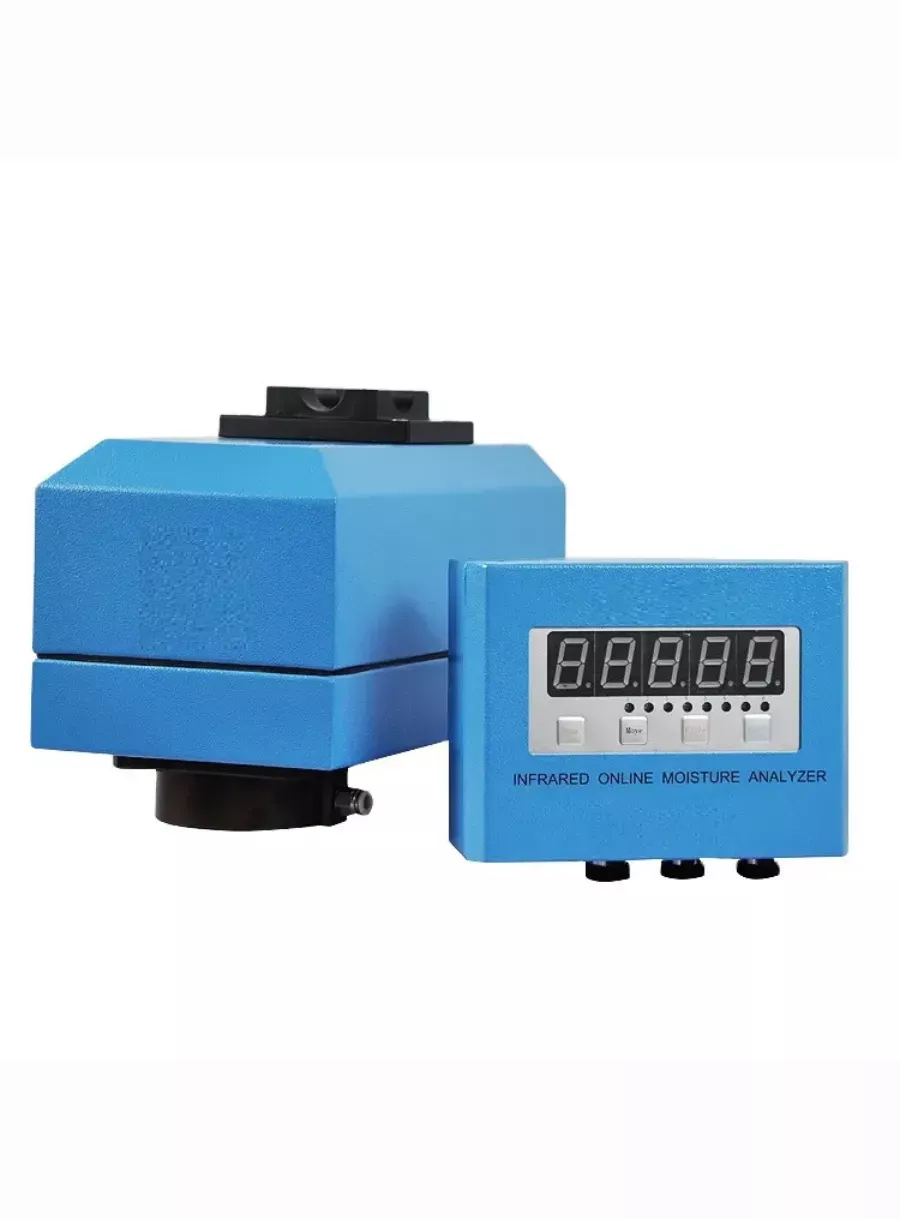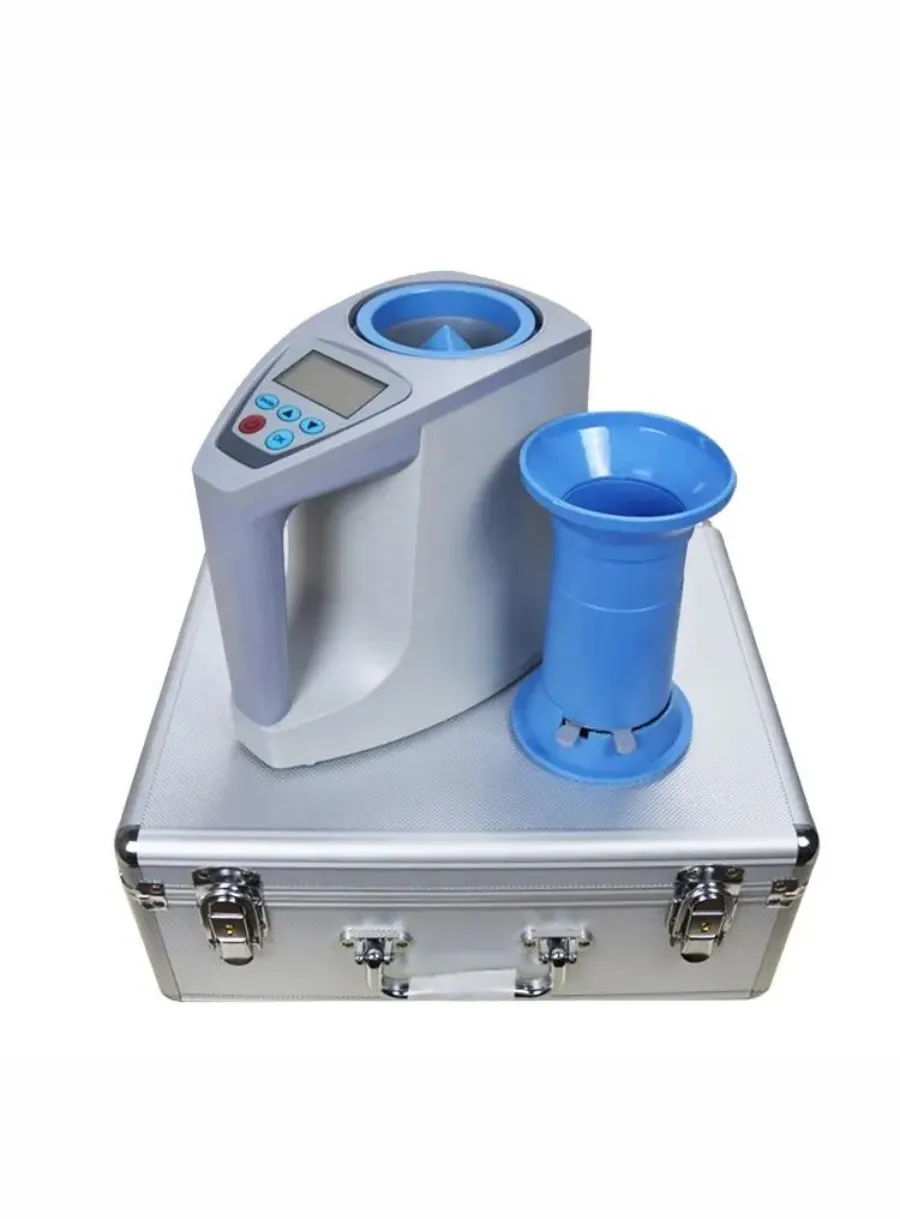
Tips for Properly Measuring Soil Moisture Levels
Table of Contents
Firstly, it is important to understand why measuring soil moisture levels is essential. Plants require a certain amount of water to grow and thrive. Too little water can lead to wilting and stunted growth, while too much water can cause root rot and other diseases. Therefore, maintaining the right balance of moisture in the soil is crucial for the health of plants.
Moisture meters are designed to measure the moisture content in the soil by detecting the electrical conductivity of the soil. The principle behind this is that water is an excellent conductor of electricity, and the more water there is in the soil, the higher the electrical conductivity. Moisture meters work by sending a small electrical current into the soil and measuring the resistance to that current. The resistance is then converted into a moisture content reading, which can be interpreted to determine the moisture level in the soil.

Choose the right moisture meter: There are different types of moisture meters available in the market, such as pin-type, insertion, and handheld devices. Pin-type meters are suitable for measuring moisture in potted plants, while insertion meters are ideal for measuring moisture in the ground. Handheld devices are versatile and can be used for both potted plants and in-ground measurements.
Calibrate the moisture meter: Before using the moisture meter, it is essential to calibrate it according to the manufacturer’s instructions. This ensures that the meter provides accurate readings.
Insert the moisture meter probe: For pin-type meters, insert the pins into the soil near the plant’s root zone. For insertion meters, push the probe into the soil to the recommended depth, which is usually around 2-4 inches.
Read the moisture content: Once the probe is inserted into the soil, read the moisture content displayed on the meter. The reading will indicate the moisture level in the soil, which can be interpreted based on the manufacturer’s guidelines.
Adjust irrigation schedule: Based on the moisture content reading, adjust the irrigation schedule to ensure that the plants receive the right amount of water. Overwatering or underwatering can lead to poor plant health and reduced yield.
Monitor soil moisture levels regularly: Soil moisture levels can change rapidly due to factors such as rainfall, evaporation, and plant uptake. Therefore, it is essential to monitor soil moisture levels regularly and adjust the irrigation schedule accordingly.
Conclusion
In conclusion, moisture meters are valuable tools for gardeners and farmers who want to maintain optimal soil moisture levels for their plants. By following the tips provided in this article, you can ensure that you are using your moisture meter correctly and providing your plants with the right amount of water they need to grow and thrive.
Comments
Tags
Frequently Asked Question
Generally, you should insert the probe 2-4 inches deep into the soil. This depth allows you to measure moisture in the root zone of most plants. However, for larger plants or trees, you may need to take measurements at different depths.
The frequency of measurements depends on various factors such as plant type, weather conditions, and soil type. As a general rule, check soil moisture levels at least once a week, and more frequently during hot, dry periods or for plants with high water requirements.
Yes, many moisture meters work well with potting mix and soilless growing media. However, ensure that your meter is suitable for these materials, as some meters are specifically calibrated for soil use only.
Interpretation of readings can vary depending on the meter model. Most meters use a scale of 1-10 or have indicators for “dry,” “moist,” and “wet.” Consult your meter’s user manual for specific guidelines on interpreting readings for different plant types and soil conditions.

